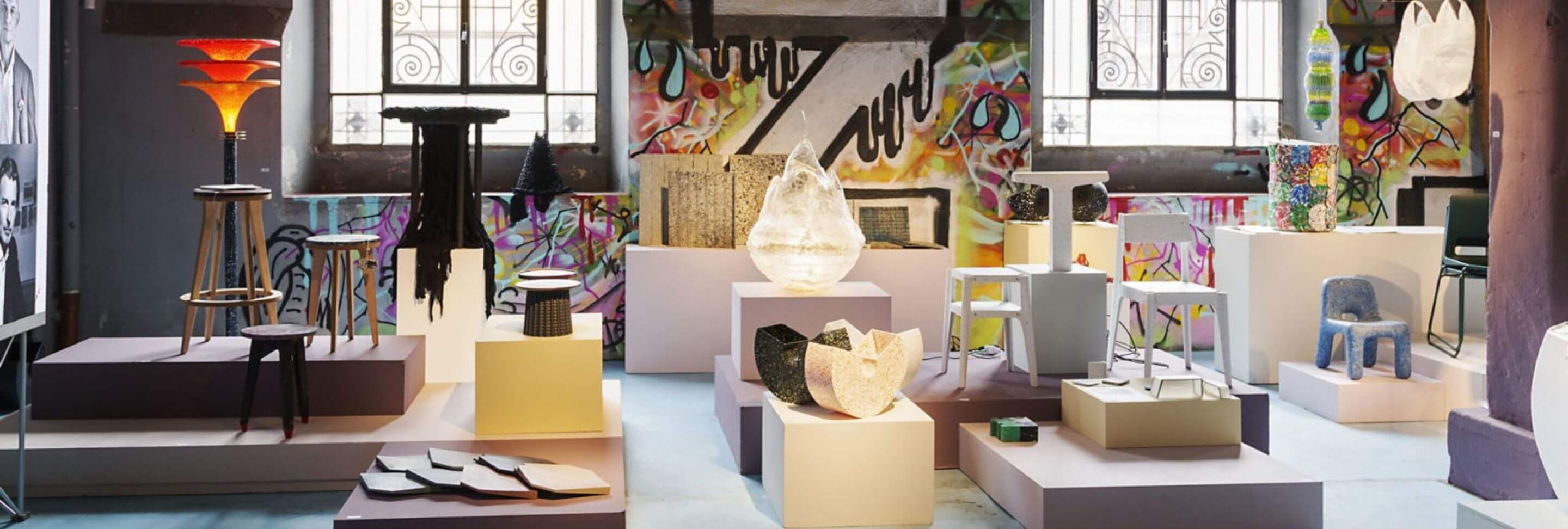Letizia
Emerging High Technology
Letizia is an innovative method that allows you to create artificial legs at low cost and in a very short time, as an emergency measure in particular conditions in which amputations may occur, such as wars, epidemics, earthquakes or other dramatic events.
It is important to know that one of the main causes of failure to walk after amputation is the slowness in “verticalizing” the patient: if within 3/6 months the patient does not walk again with a prosthesis, there is the risk that he will not be able to walk anymore.
In fact, a series of complex problems take over: the muscles atrophy, the stump loses mass, the nerve endings “turn off” and circulation slows down. To all this is added a neurological and mental problem: the lack of a limb, in fact, triggers the phenomenon of the phantom limb whereby the brain adapts to the new configuration and loses certain abilities.
Lastly, a significant role is played by the patient’s fear of no longer being able to walk. The speed of getting an amputee back on his feet is therefore crucial to the success of the project.
Letizia project was born from the dramatic situation of the war in Ukraine, where normality has given way to emergency. There are mainly two problems that are at the base of the idea: on the one hand the incredible number of amputees that was generated in a short time, on the other hand, the high investment costs and the availability of materials and personnel specialized in the creation of prosthesis.
Starting from these problems, the Letizia method has set itself the goal of being the solution. First of all, the prostheses made in this way are definitely cheap, at least 10 times less expensive than the cheapest on the market; they also adapt very well to many types of amputations and patients.
All this is made possible thanks to the use of 3D printing which allows you to edit files in a short time or to stop printing once the desired height has been reached.
To be light, Letizia is largely made of plastic, with the exception of 2 steel sticks and an aluminum profile that simulates bone.
Specifically, 3D printing was chosen for 5 reasons:
- it allows you to send files anywhere in the world in zero time, without necessarily having to ship a product (0 CO2 produced for transport)
- it allows you to change the geometry based on the patient.
- it allows you to have minimal initial investments.
- It allows you to create a different aesthetic every time because it does not require molds.
- it allows you to customize the color.
The polymers that can be used are different: we are currently using both RPET (recycled PET) and RPLA (recycled PLA).
The first is derived from the waste of plastic water bottles, the second from the waste of unsuccessful components printed. In addition, PLA is a derivative of natural origin and is therefore considered a biopolymer.
Even the foot of the prosthesis can be molded in recycled polymer and, if particular characteristics are needed, we have an extruder that is able to create recycled filament with a carbon fiber filler, mainly for dynamic feet, i.e. with an elastic return during walking.
A second alternative material for the foot is polyurethane: in fact, if the patient uses the artificial limb a lot without shoe, wear becomes the main enemy. Polyurethane has a very high resistance to abrasion.
In this case, again using a 3D printer, we make the casting molds of the polyurethane which hardens in a few minutes. The polymer used this time is nylon, again recycled, because it has to resist temperatures of 70-80 degrees, generated by the polyurethane mixing process.





















